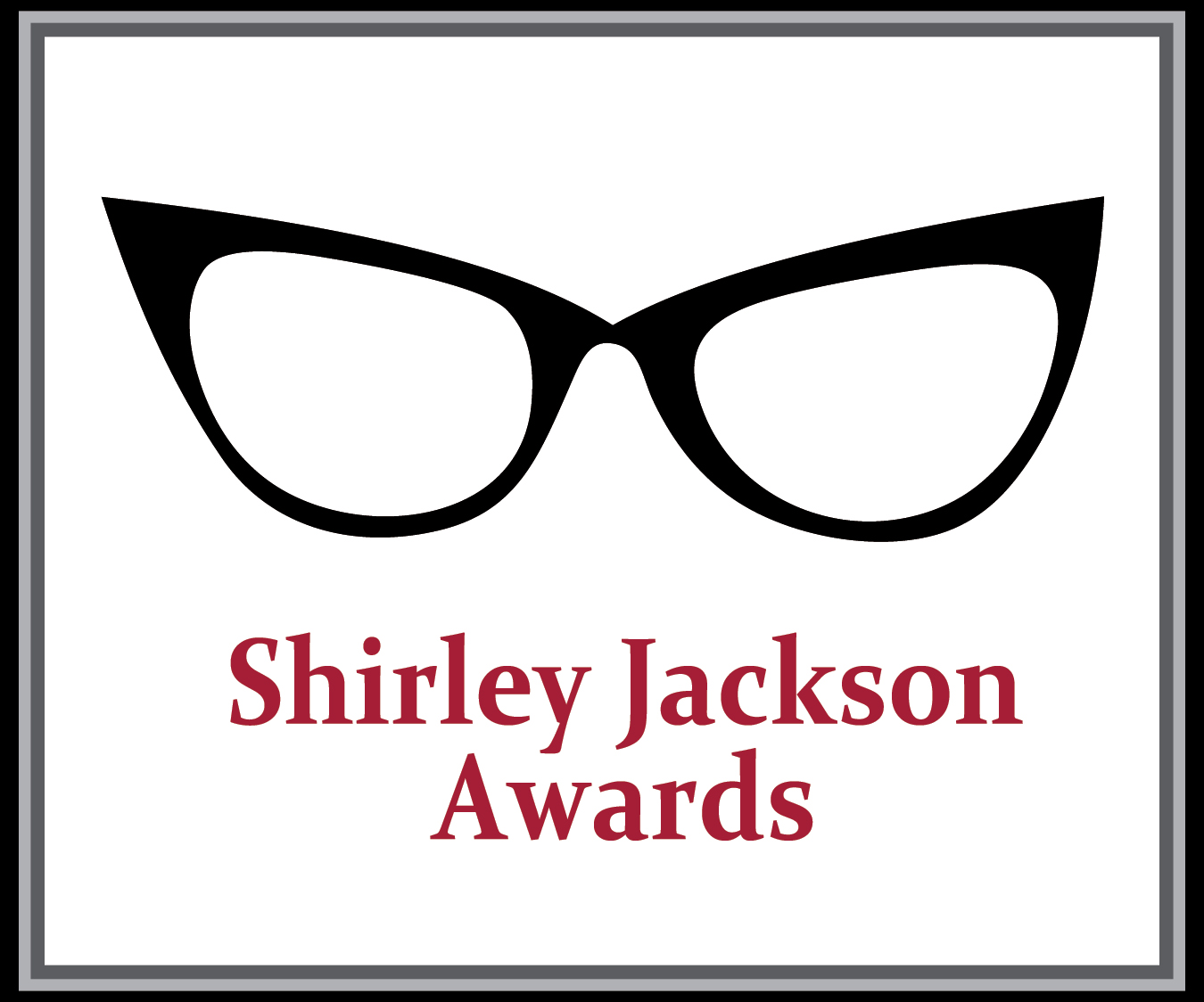Nathan Ballingrud’s collection North American Lake Monsters is a 2013 Shirley Jackson Awards nominee.
Charles Tan: How did you settle on North American Lake Monsters as the story to center your collection on?
Nathan Ballingrud: I don’t really think the collection is centered around the story, so much as I think the title itself works well at defining the nature of all the stories. With the exception of “The Crevasse”, the stories all center around small town America — particularly Southern small town America. The phrase “lake monsters” works nicely as a metaphor for our own buried horrors. I also just really enjoy the suggestion of a field guide element derived from the title, although that’s worked against me a couple times. I’ve heard from a few readers who were disappointed that it wasn’t actually a guide to lake monsters. And you know, I get where they’re coming from.
Charles Tan: What was your criteria in selecting the stories to be included in the collection and their order?
Nathan Ballingrud: As far as which stories to select, it was easy: I used all of them. I wrote with glacial slowness over the last nine or ten years, and pretty much every finished story is in there. The only thing left out was a small piece called “The Malady of Ghostly Cities” I wrote for The Thackery T. Lambshead Pocket Guide to Eccentric and Discredited Diseases (Jeff VanderMeer and Mark Roberts, editors). I left it out because it was so tonally different from everything else in the book, and because I explored its central idea — people turning into cities — more thoroughly in “The Way Station”. Regarding the order, I knew I wanted to start with “You Go Where It Takes You”, because that story relies on the shock of the ending for its effectiveness. I thought that might be dampened if it was read after any of the others. I knew I wanted “The Good Husband” to round out the collection, since it was written specifically to anchor the book. As for the rest, I relied on what felt right. The drift of mood and tone. It was very unscientific.
Charles Tan: What were the challenges and expectations in coming out with your first collection?
Nathan Ballingrud: Aside from writing the actual stories, there were very few challenges. Small Beer Press has been a dream to work with, and I’d love to do it again. The whole process, from the acquisition to the publication, was extremely smooth. They were able to get a book of very dark, sad stories into the hands of a lot of readers who might otherwise never have given it a second glance, and for that I’m enduringly grateful. As far as my expectations go, they’ve already been exceeded. There were a lot of things working against the book. One, it’s a collection; two, of horror stories; three, by an unknown writer. Three strikes right there. I expected it to disappear pretty quickly. But people are responding very well to it. Despite the fact that it was ignored by PW, Kirkus, and Library Journal, and despite the fact that I’ve never seen it on the shelf of any Barnes & Noble, it’s finding its audience. And really, that’s the best thing a writer can ask for.
